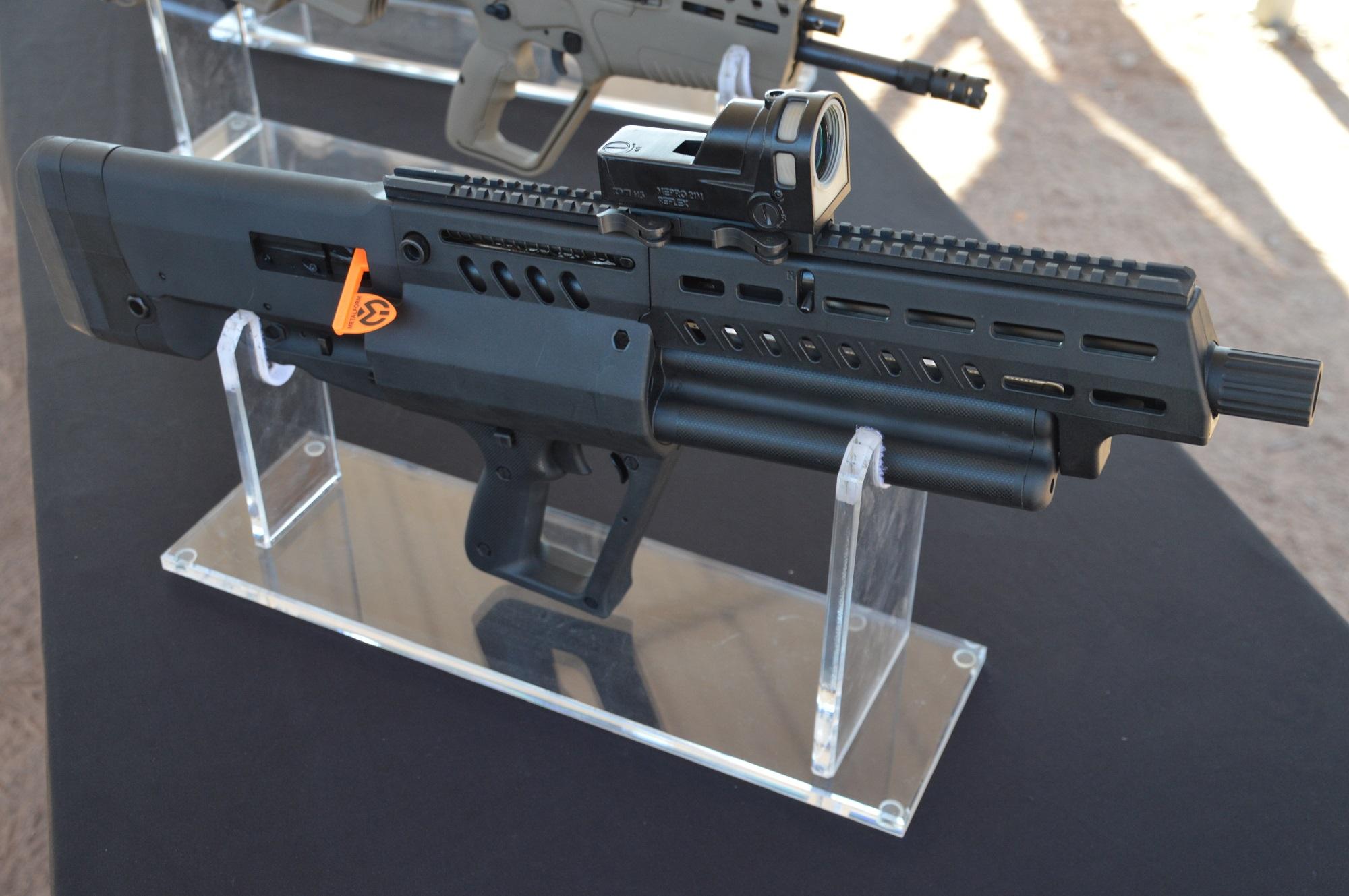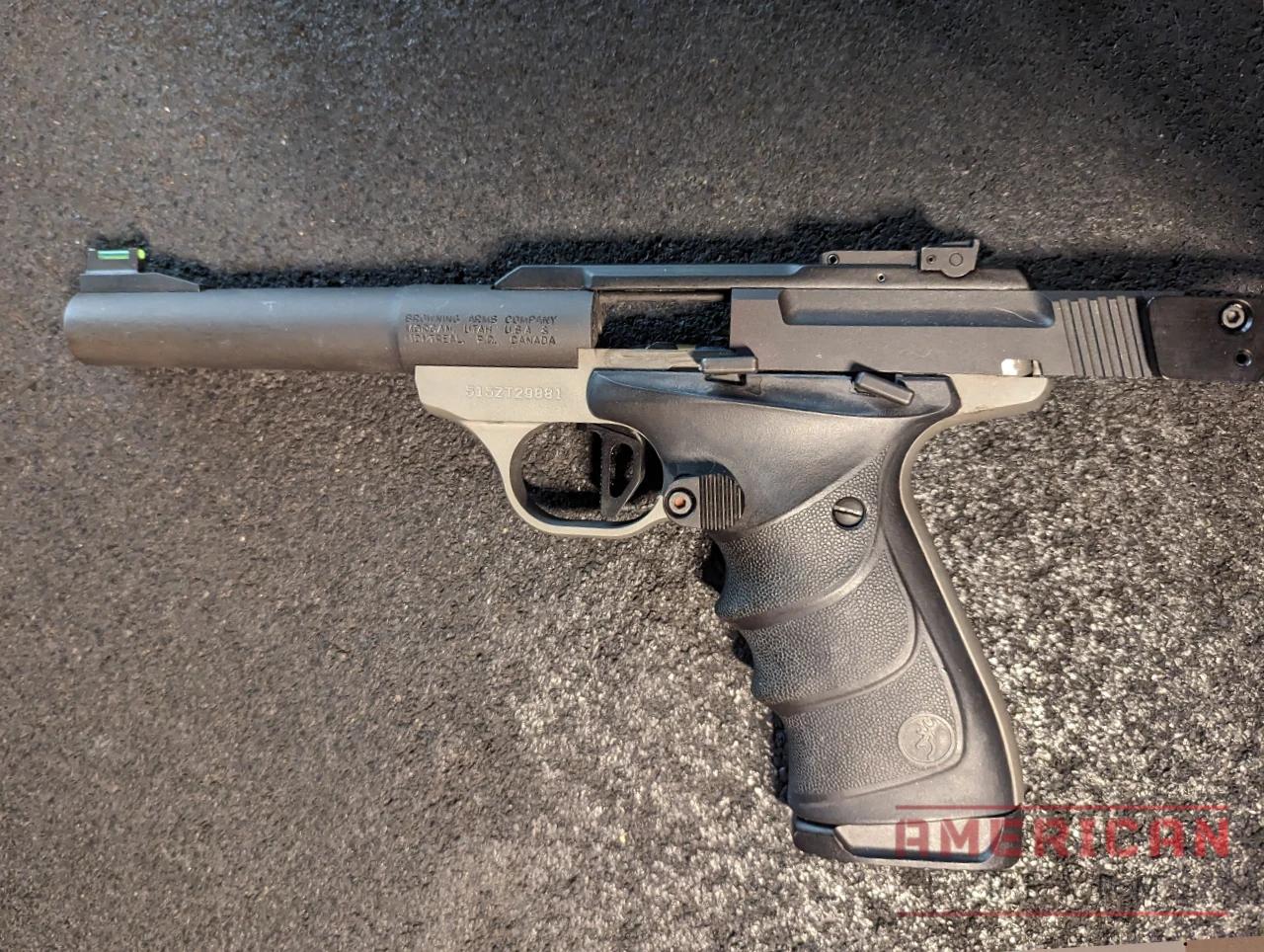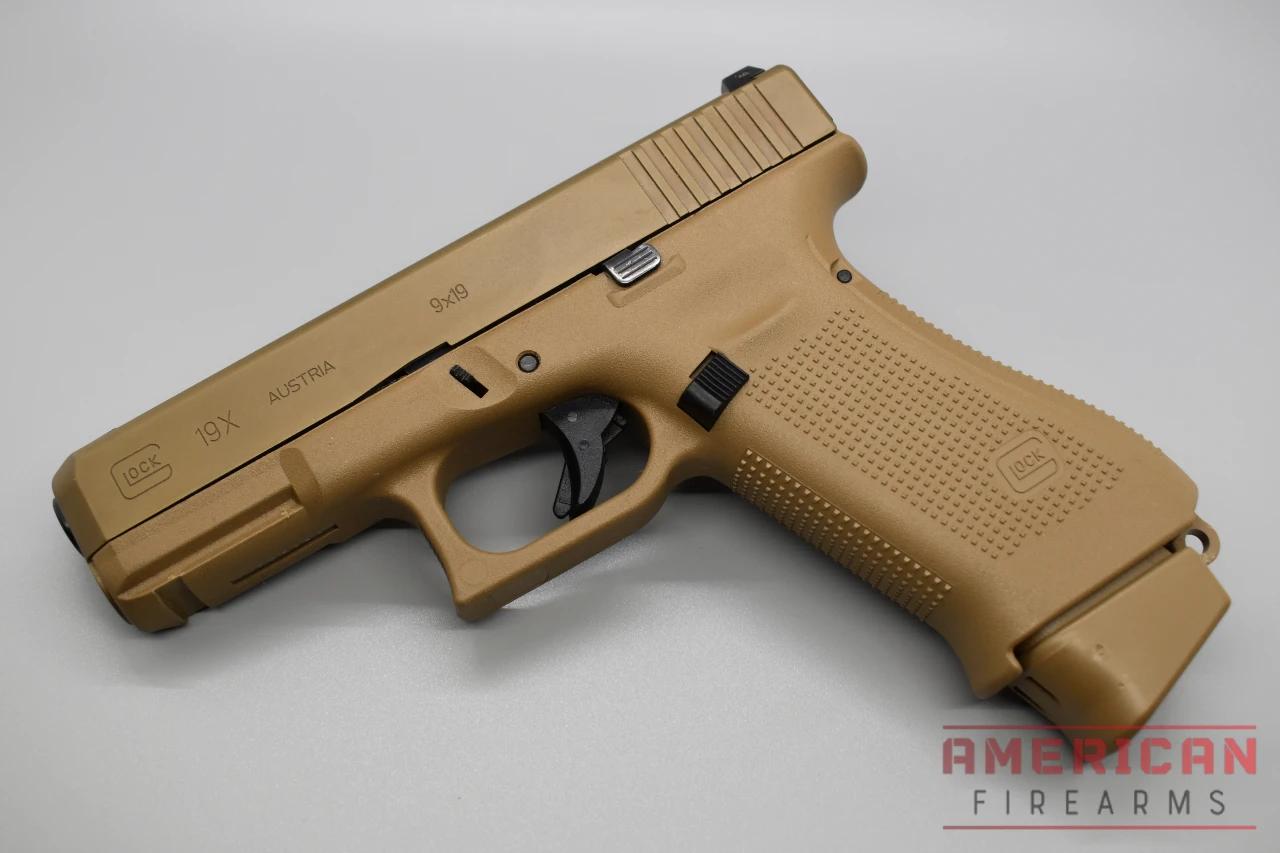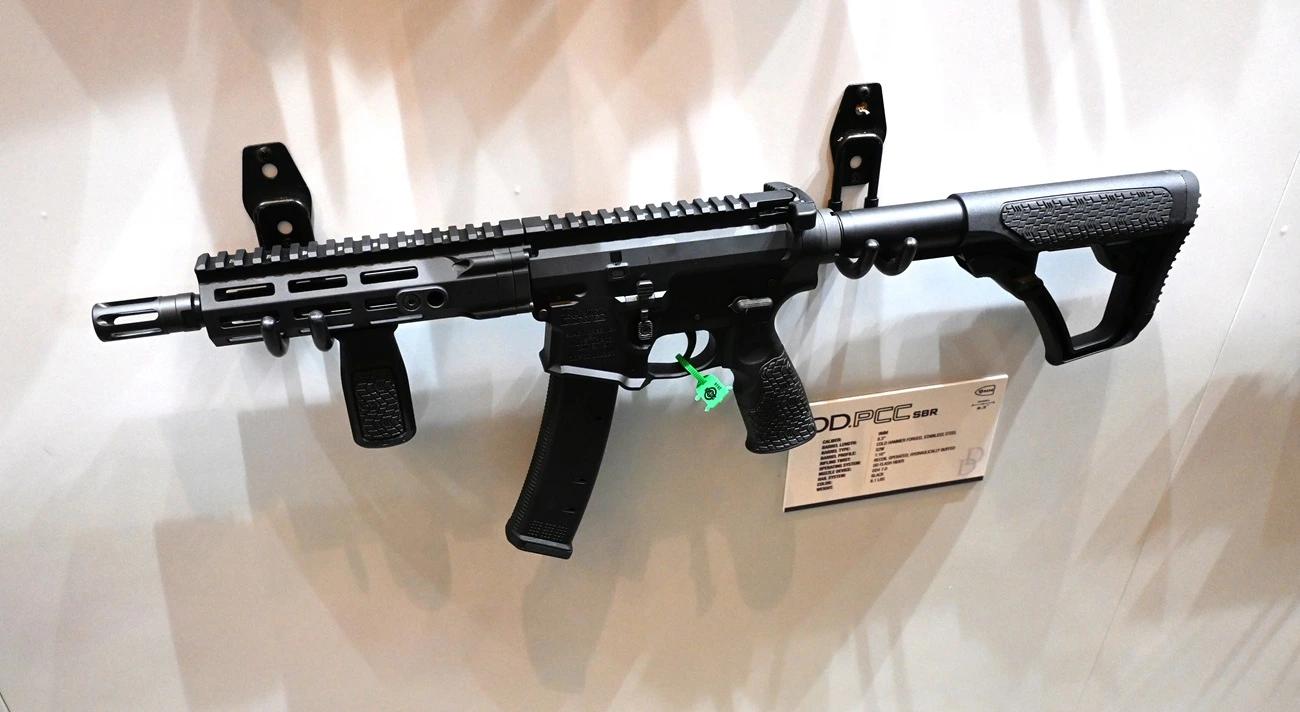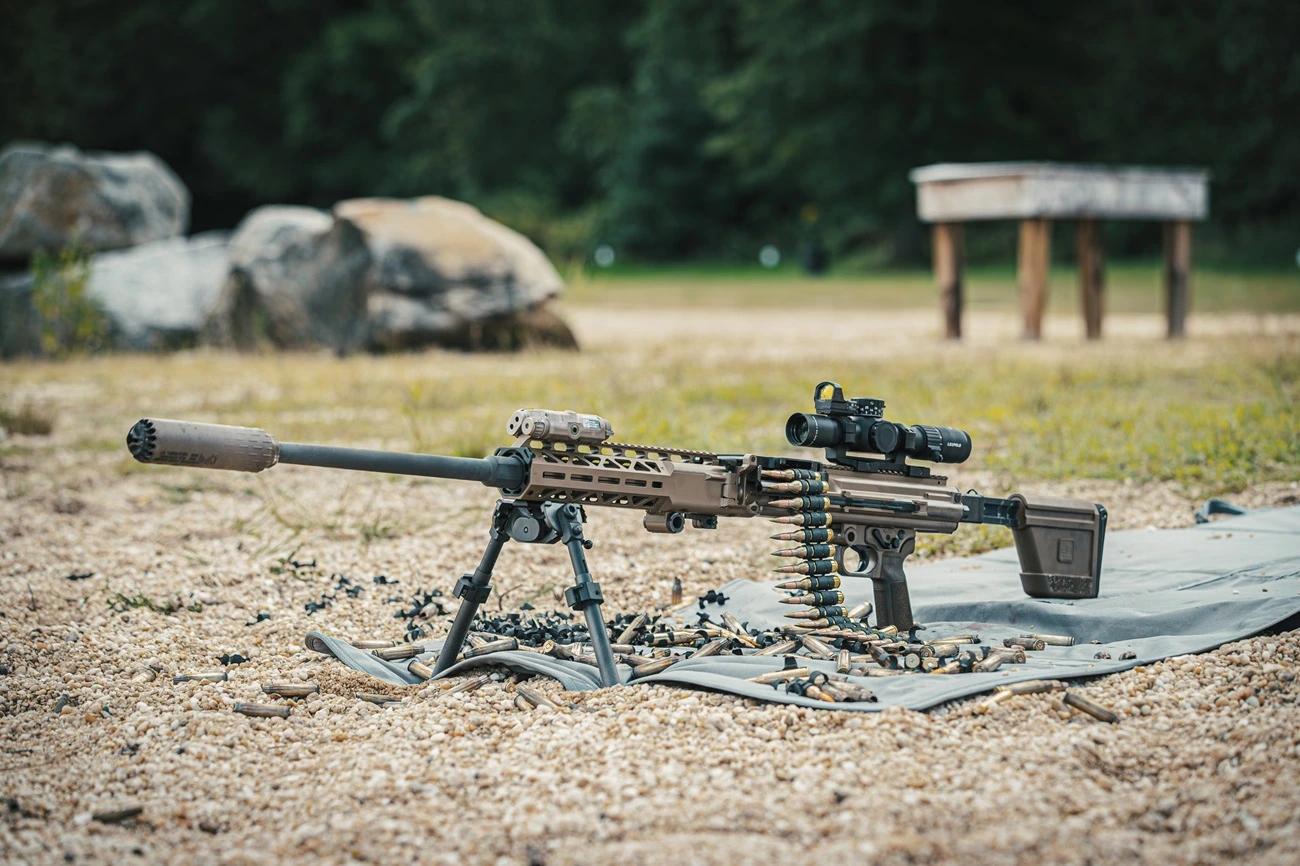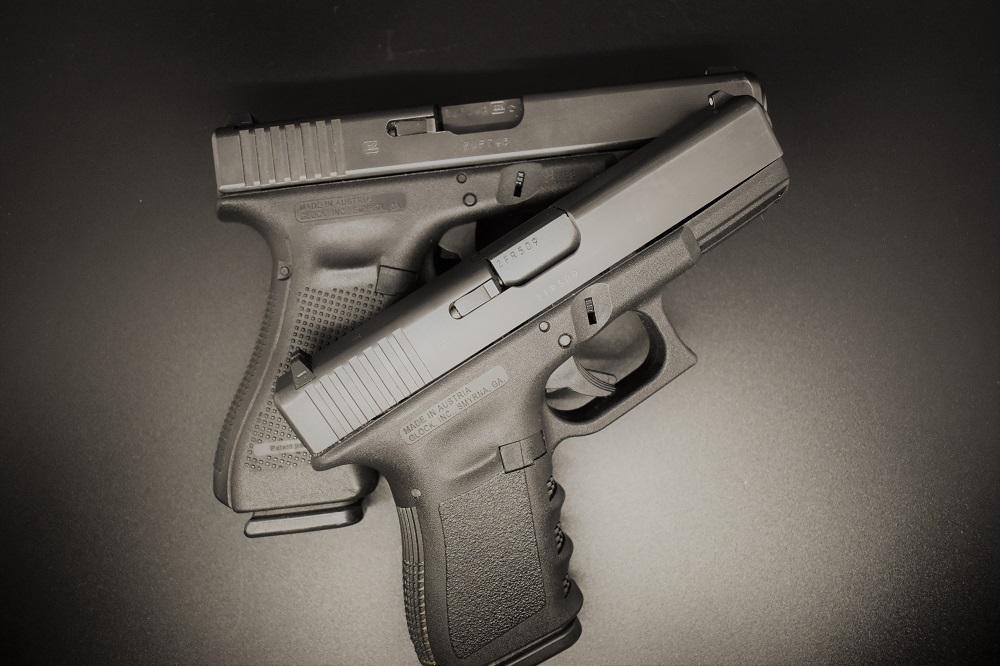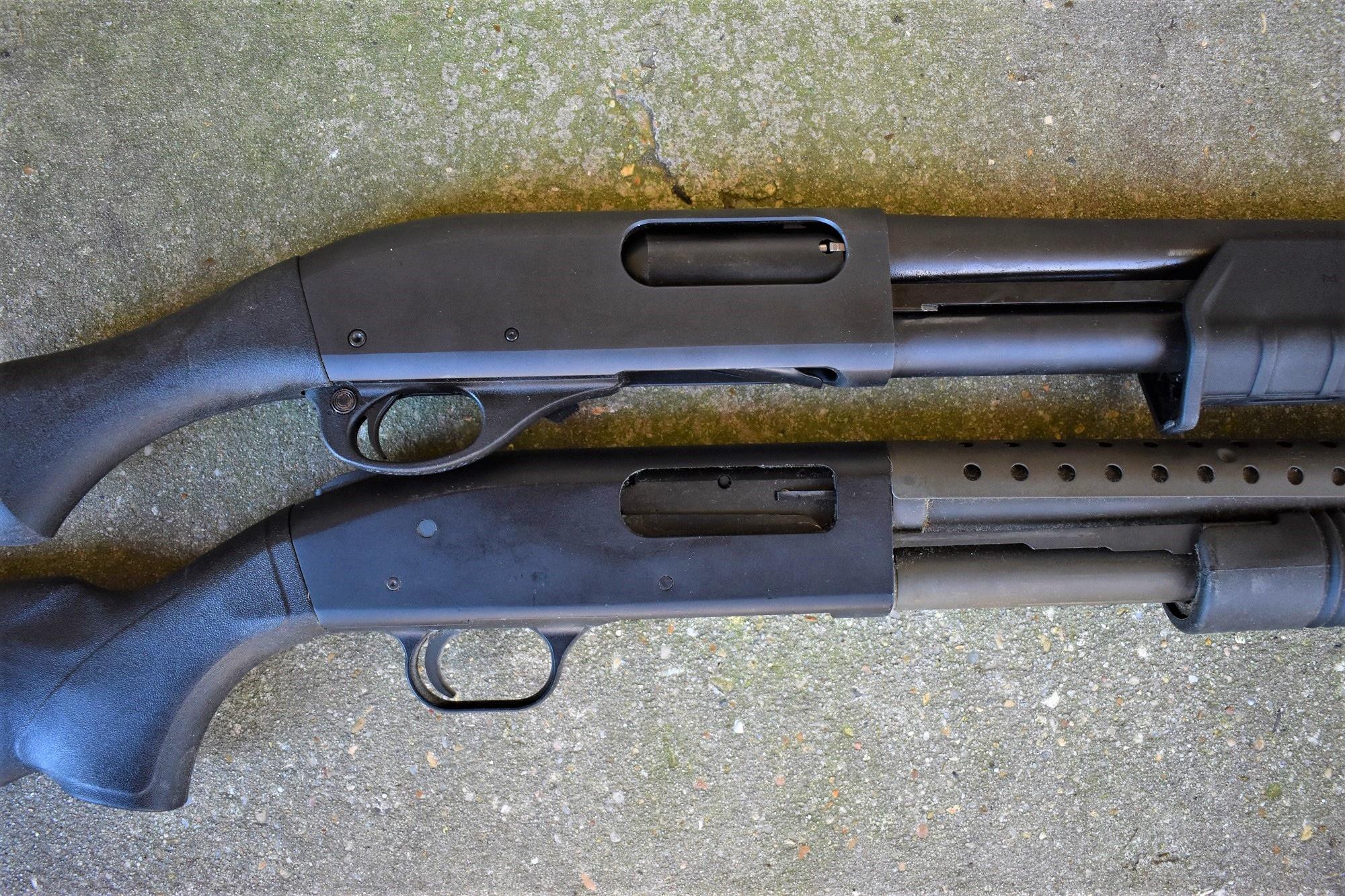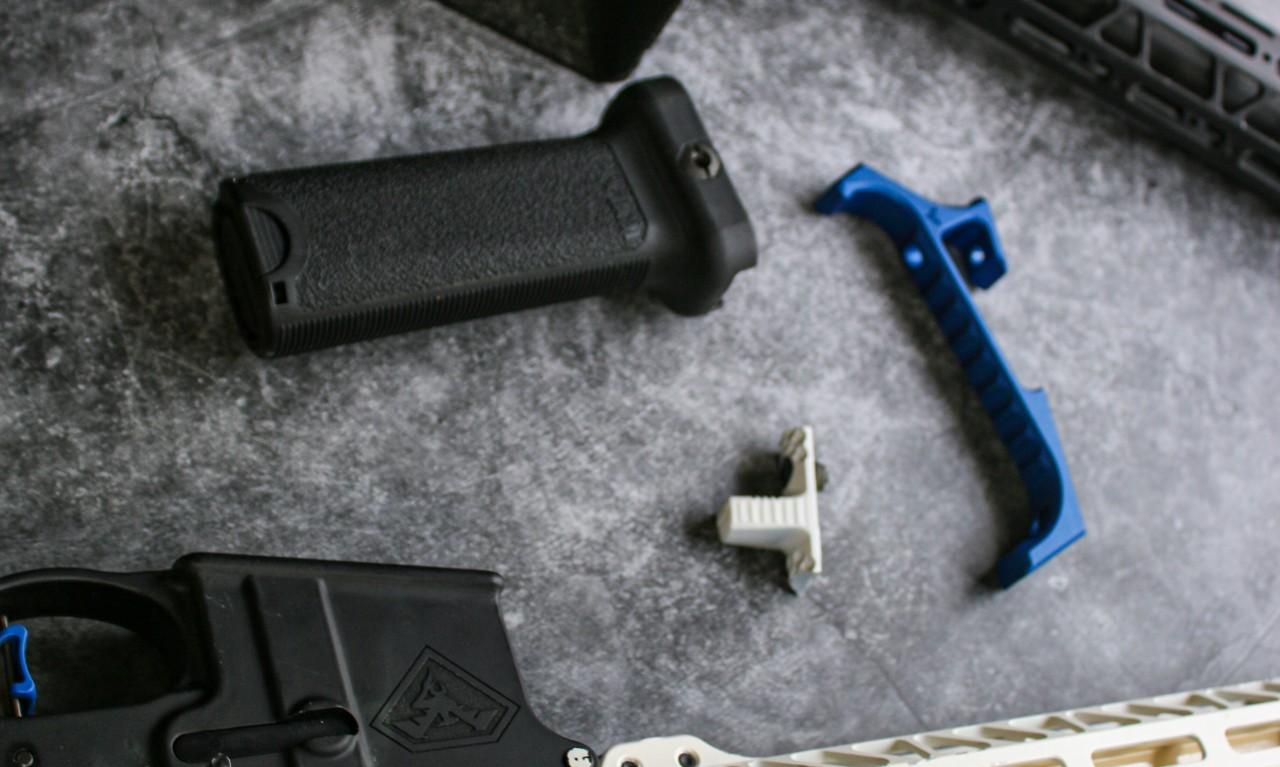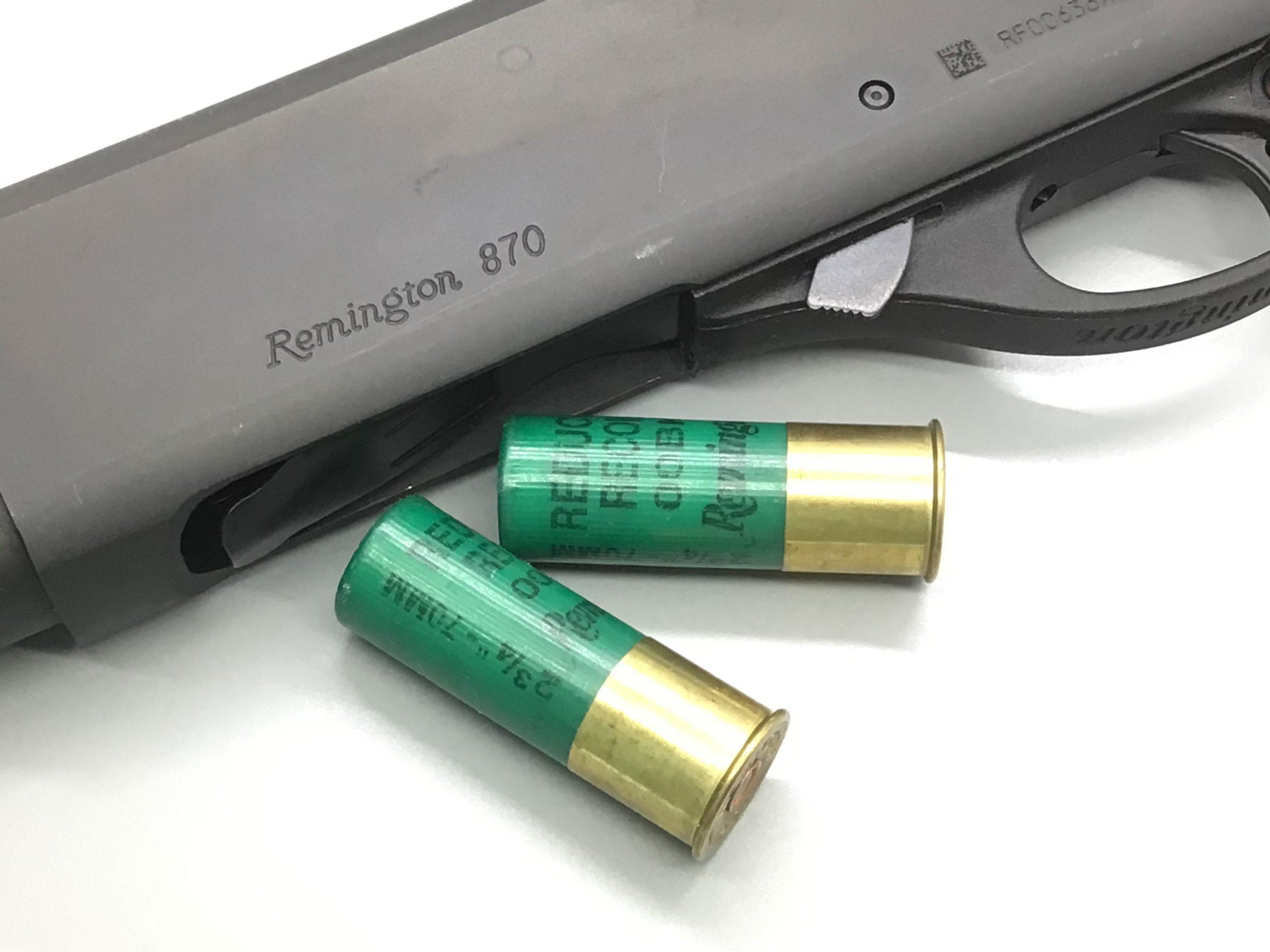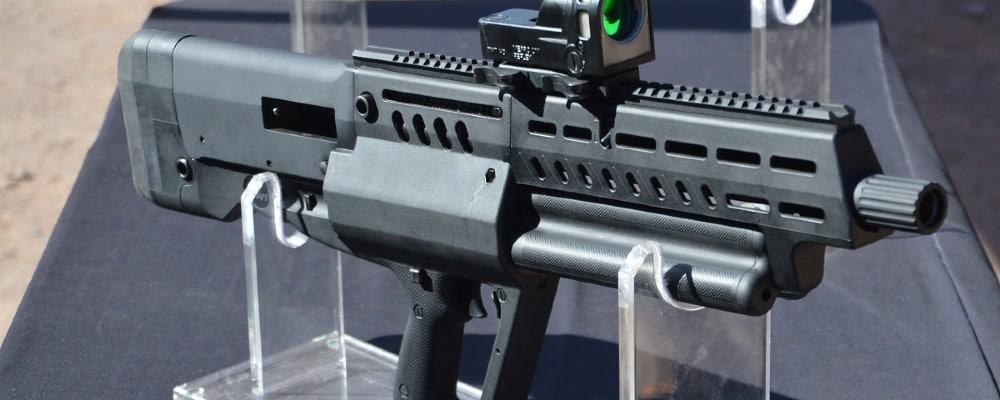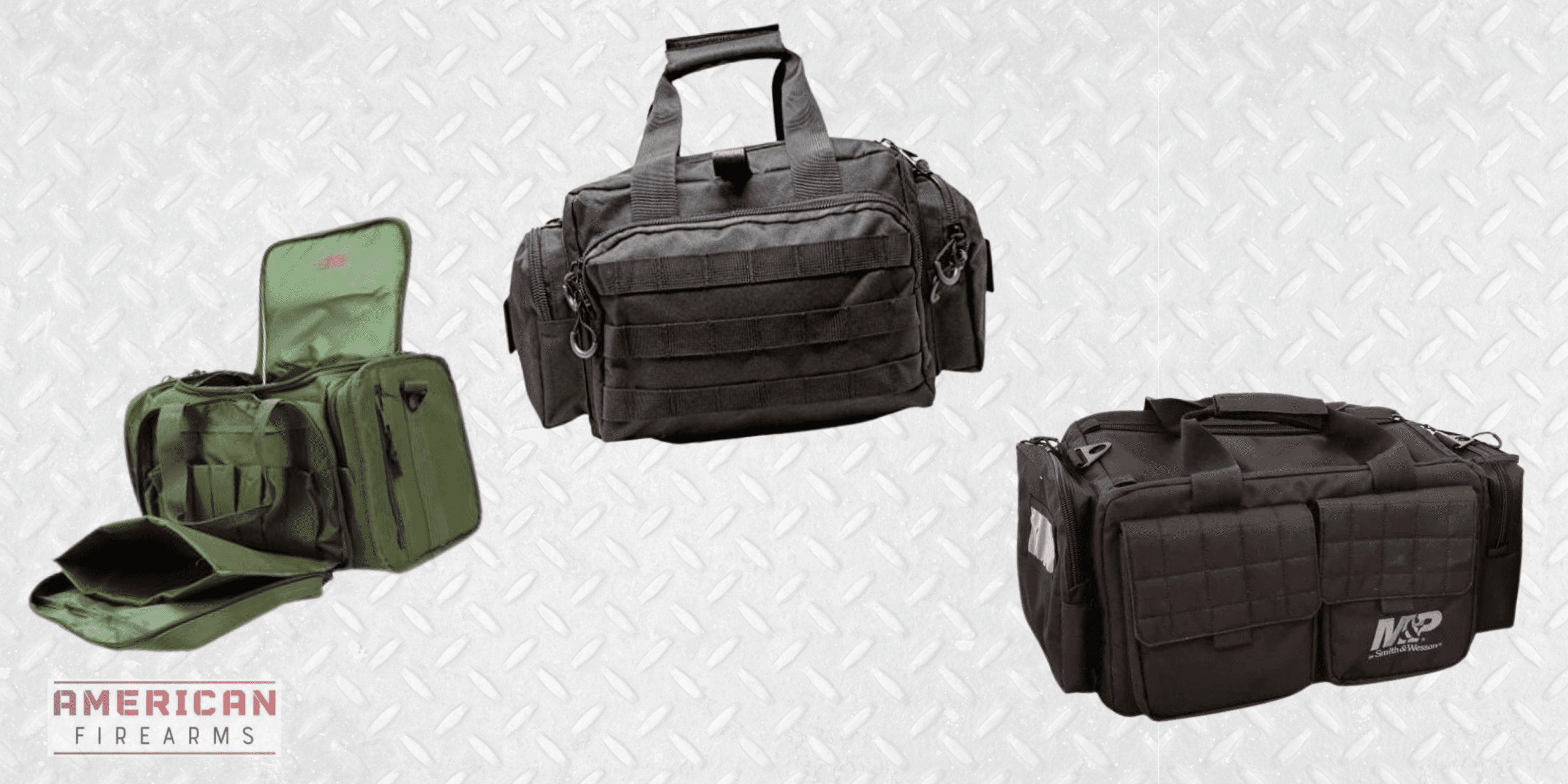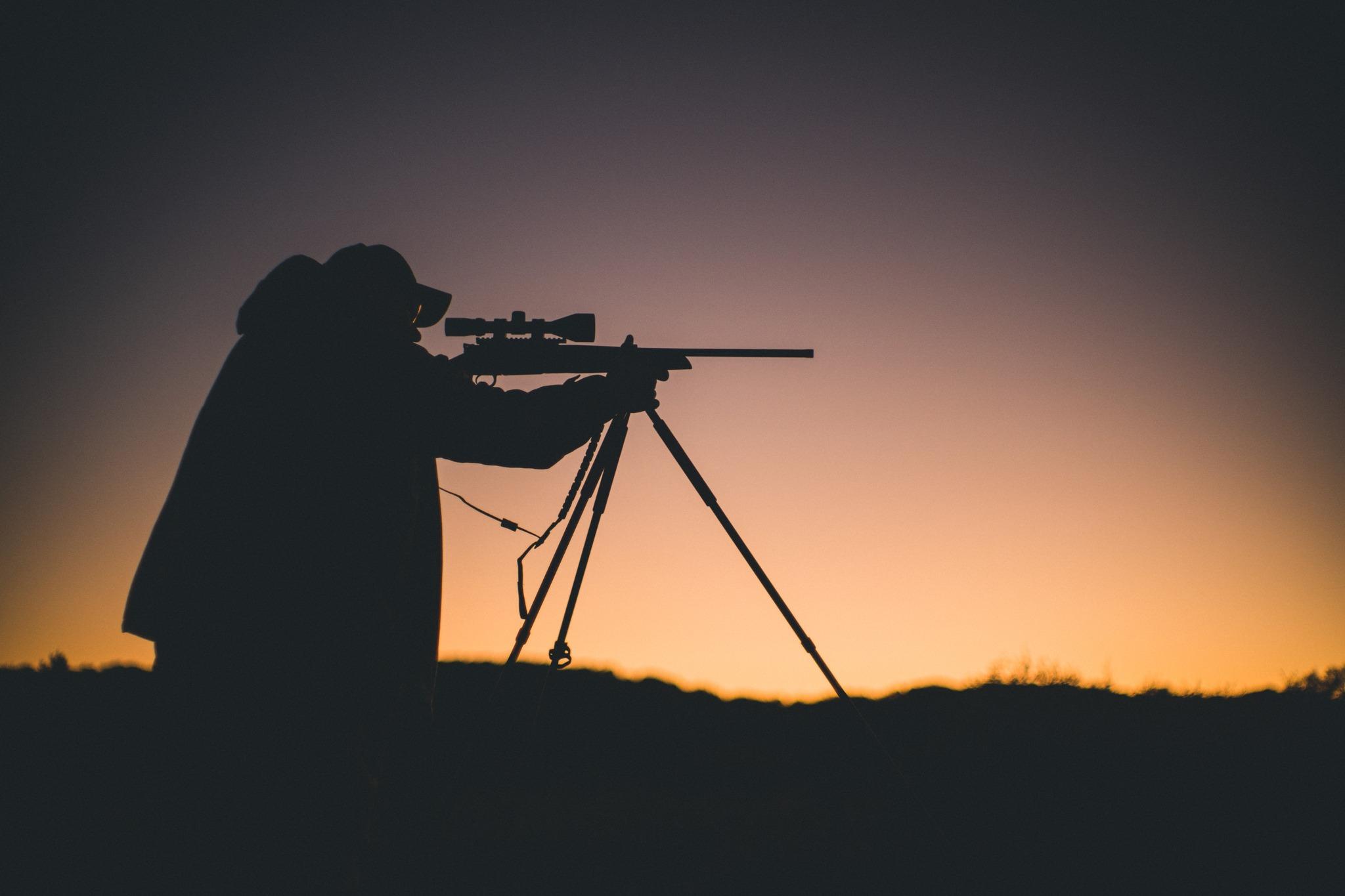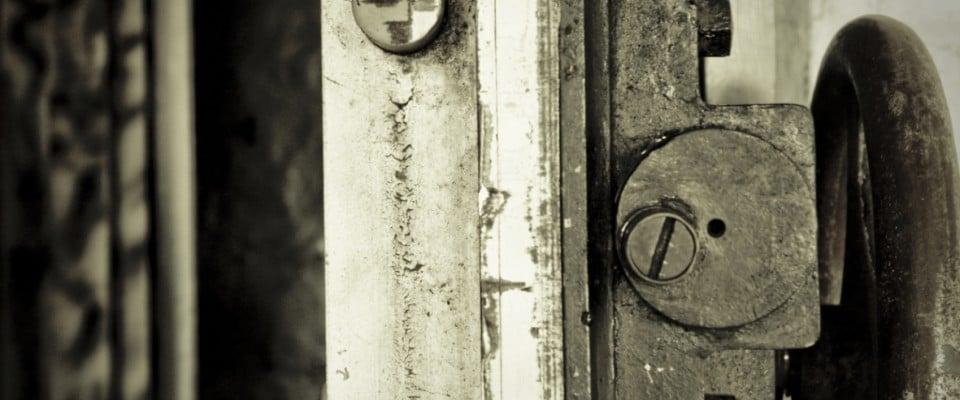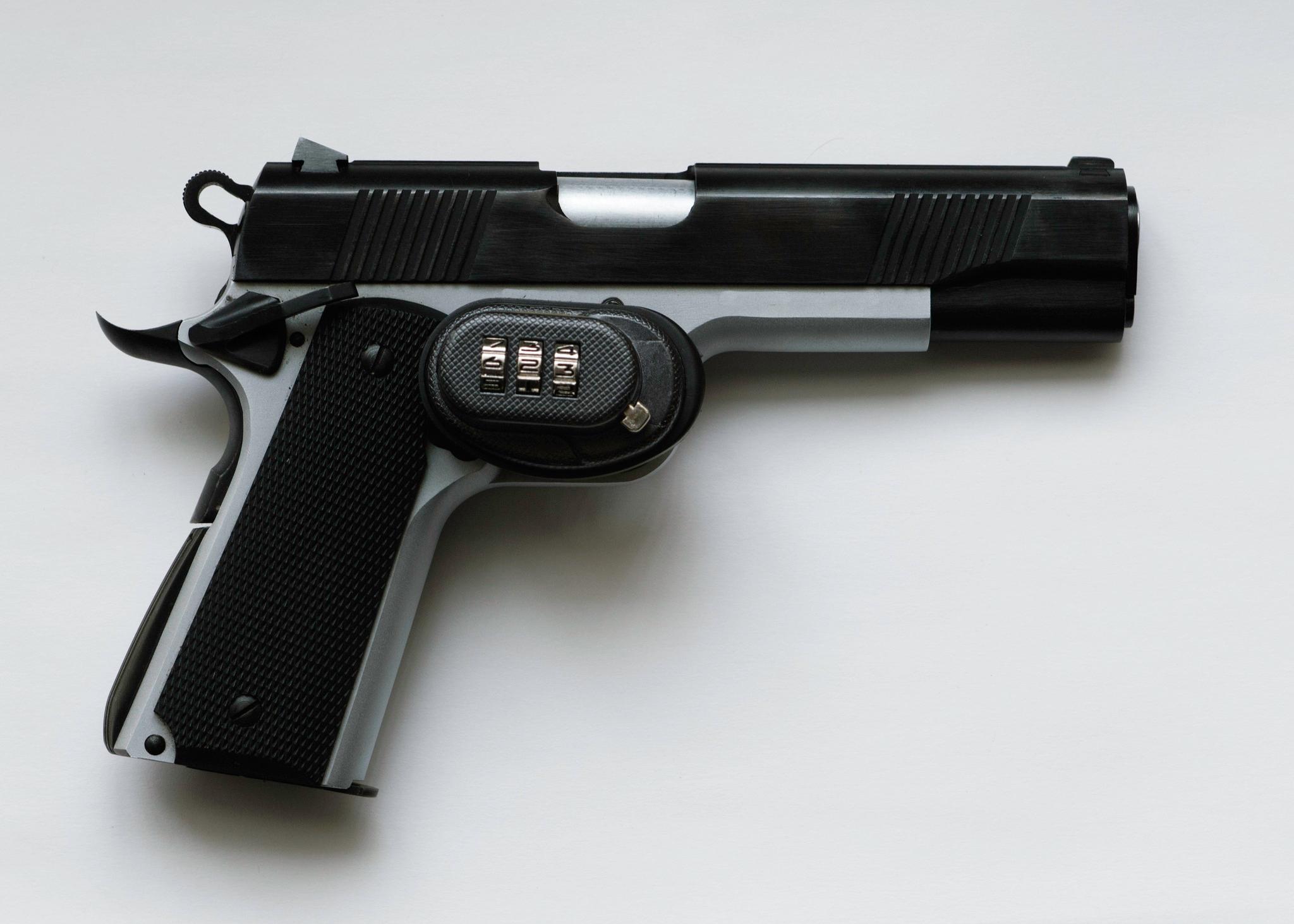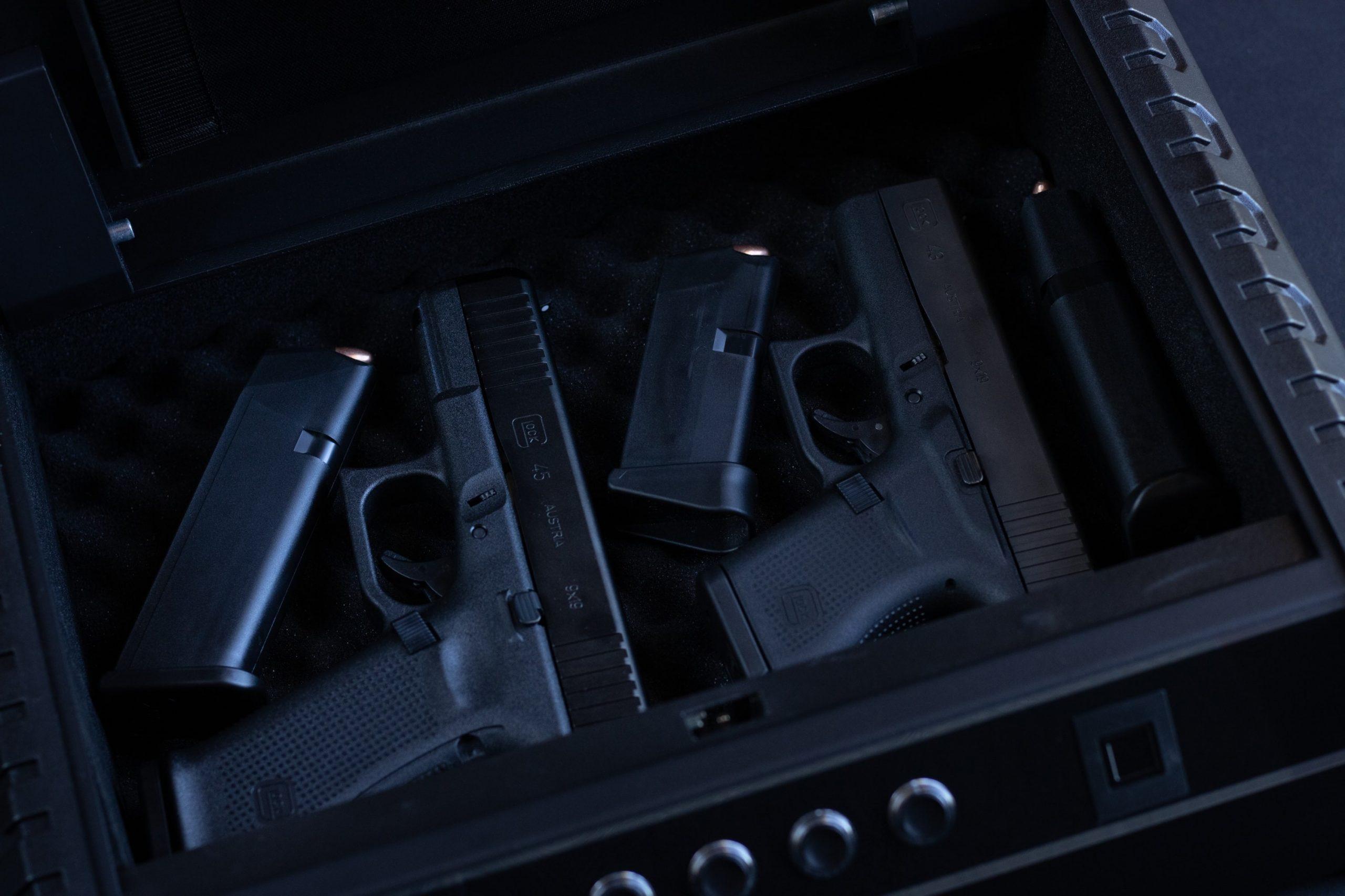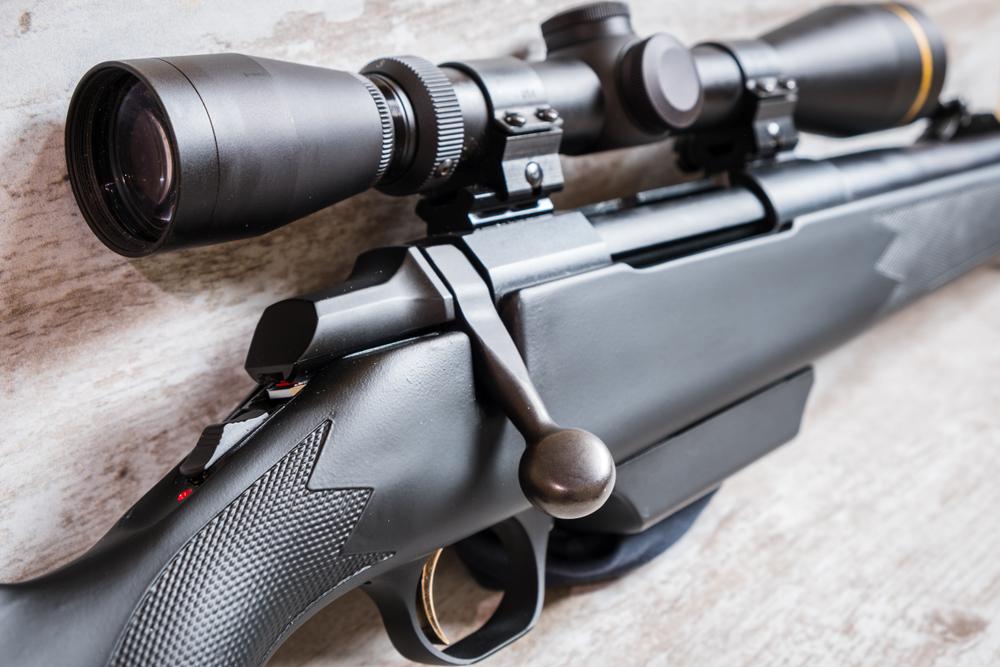Gun Cleaning 101
Written By
Michael Crites
Licensed Concealed Carry Holder
Reviewed by
Editorial Team
Learn About The Editorial Team
Share:
Products are selected by our editors. We may earn a commission on purchases from a link. How we select gear.
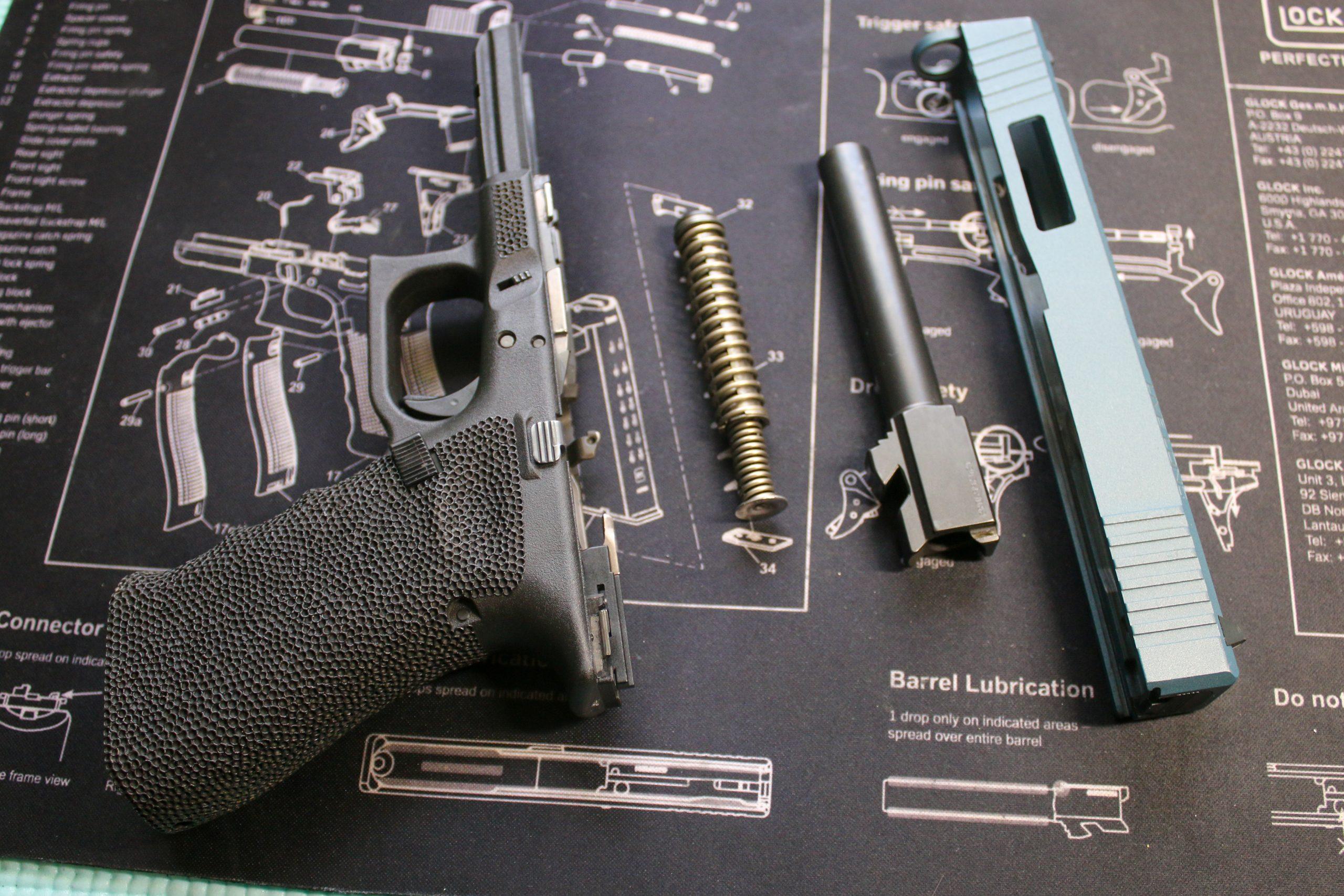
Updated
Jan 2023
A gun is a tool just like any other, and if you take care of it by keeping it clean, it will last you a long time. Cleaning a gun properly is essential, but proper lubrication is just as, if not more, necessary.
A firearm is comparable to a car. Cars require regular maintenance, an inspection of wear on parts and replacement as needed, and lubrication to run right. When a vehicle is neglected and these simple tasks are not performed, it is more likely to break, less likely to last a long time, and more expensive to maintain over time.
Every time you get home from the range after shooting, you should clean your gun. Consider cleaning and lubricating your weapon as part of your range day, and you’ll likely avoid some of the most common issues with firearms. This step-by-step guide is here to help you learn how to take your gun cleaning skills to the next level, covering best practices for pistols, ARs, and other long guns.
In This Article
Before you start, preparation is key
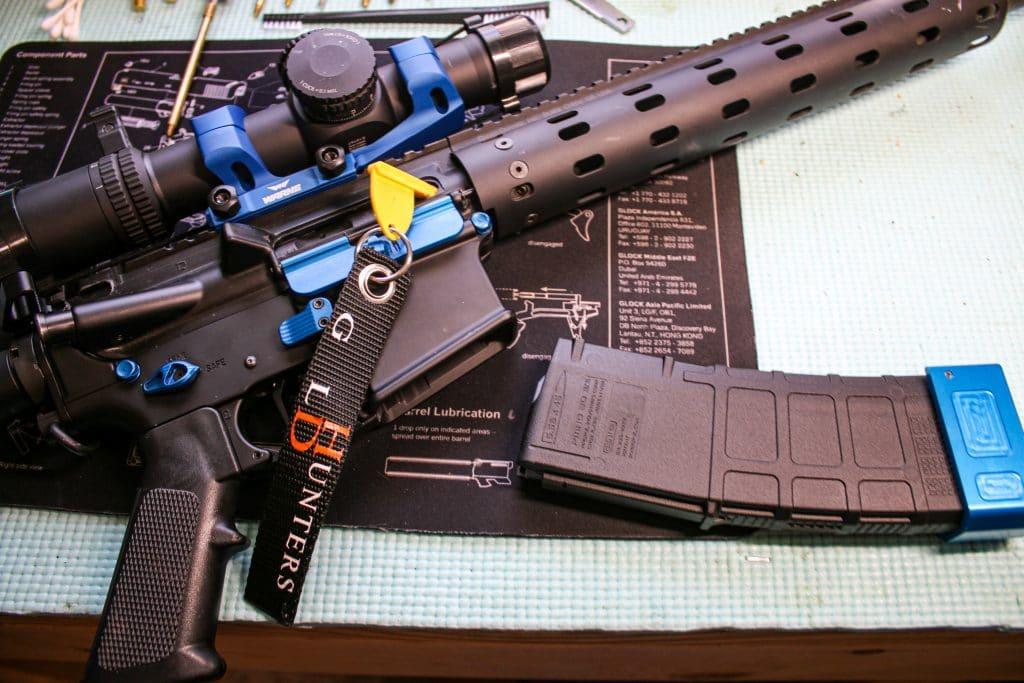
Whether it’s a workbench in the garage or a table in your house, always dedicate a good amount of space for gun cleaning.
This space should never have any drinks or food near it for two reasons. The first is it’s easy to knock over and create an even bigger mess, and the second is because lead is ingested through the mouth, nose, and eyes. If you are scrubbing a barrel while snacking on chips, you are most likely poisoning yourself without even knowing it.
Remove all live ammunition from your cleaning space, whether it’s the ammo for the gun you’re cleaning or not. Many negligent discharges occur because the round is not cleared from the gun’s chamber before disassembling the firearm. Other caliber rounds should be removed because the solvent can cause corrosion which can cause ammunition to malfunction.
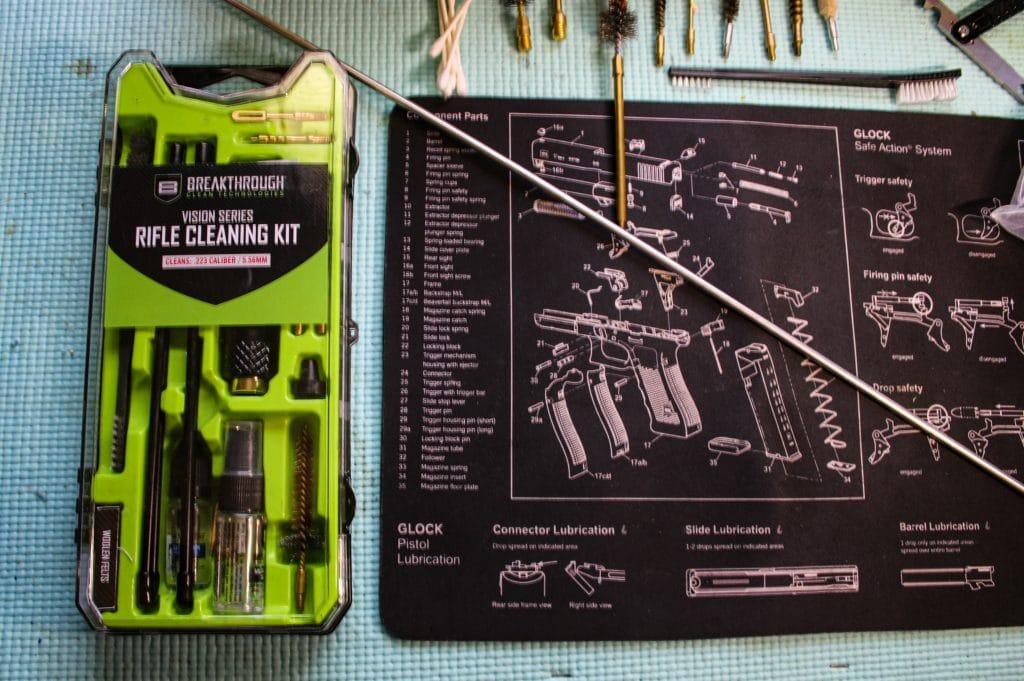
The most frustrating aspect of gun cleaning realizing you don’t have the tools you need to disassemble, clean, and lubricate a gun. You should have a cleaning kit for each caliber gun you own, as well as good quality gun oil, not WD40. Tools needed for a perfect clean are a bore brush, jag or slotted patch holder, patches, mop, double-ended brushes, cotton swabs, a cleaning rod, as well as a good vice.
Some additional helpful tools are a cleaning mat to protect your surface area, an organizational tray for small parts, gloves, a flashlight or bright lamp, and even a roll pin punch set that can come in handy.
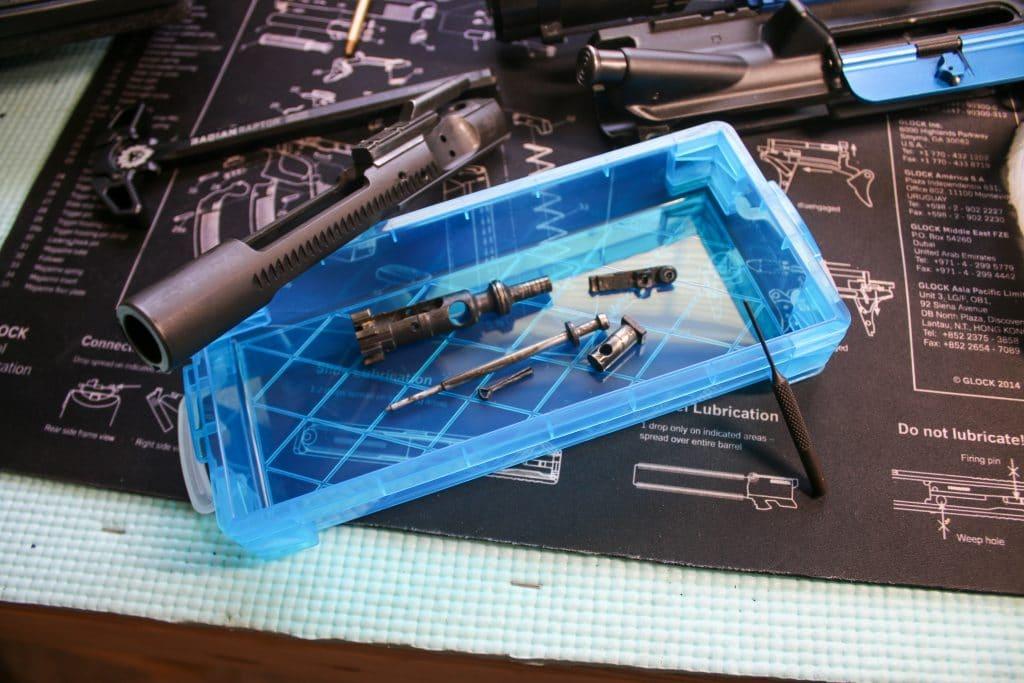
Consult the manual
There’s a reason every gun has a manual that shows the disassembly process — so you’ll get it right.
It is never a bad idea to look at the manual for a refresher on the proper way to disassemble your gun. Some 1911 pistols require a bushing tool or your hand to be in front of the muzzle to remove the slide.
This is another reason why live ammunition should never be present while cleaning. Other handguns require the trigger to be pulled for the slide to come off. With so many manufacturers of rifles and shotguns, always consult your owner’s manual to confirm the process of disassembling the gun.
Don’t forget there are a plethora of YouTube videos online you can watch if the manual is not clear enough

At a minimum, you should have gun cleaning solvent and gun oil. For a better clean and lubrication, consider using a copper cleaner, CLP, brake part cleaner, gun grease, and wipes.
Get to Work

Now that you have all the tools you need, it’s time to get to work. Always wear safety glasses and gloves even as you start disassembling your guns.
Gun parts under pressure — like springs or detents — can pop out and fly into your eye, the cleaning chemicals you are using can splash, or their vapor can cause damage, and they help keep carbon and lead from getting on your skin or ingested.
How to Clean a Gun in a Few Basic Steps
1. Remove the magazine & ensure the firearm is unloaded.
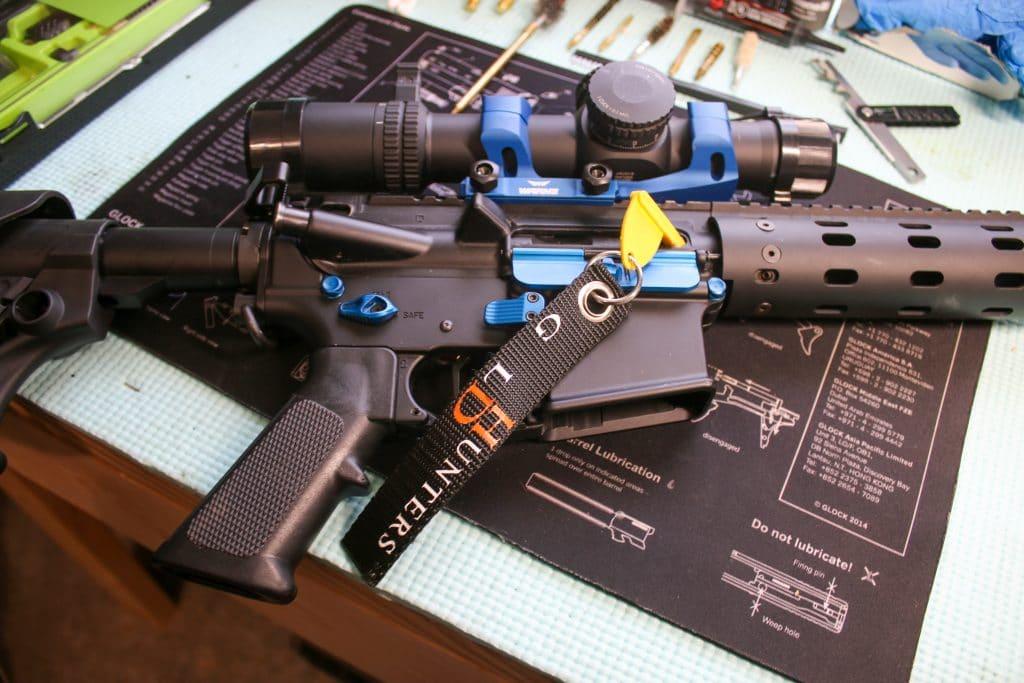
A good habit to get into is always leaving your firearms on safe if there is an external safety and have long guns flagged before ever leaving the range. Most accidents occur when the chamber isn’t checked and cleared before disassembly. Always remove your magazine first, as it is the source of ammunition.
Next, lock back your slide or your bolt to check that the chamber is clear. Set all that ammunition away from your designated cleaning area.
2. Clean the Barrel and Chamber

The two things that all gun owners need to keep clean are the barrel and the chamber. If either of these two areas become built up with carbon or obstructed, your gun will start to fail to fire. Use your flashlight or bright lamp to look through the barrel to get an idea of what it looks like before cleaning.
This is also an excellent time to check the barrel’s rifling to ensure there are no burrs, knicks, or extreme wear on the lands.
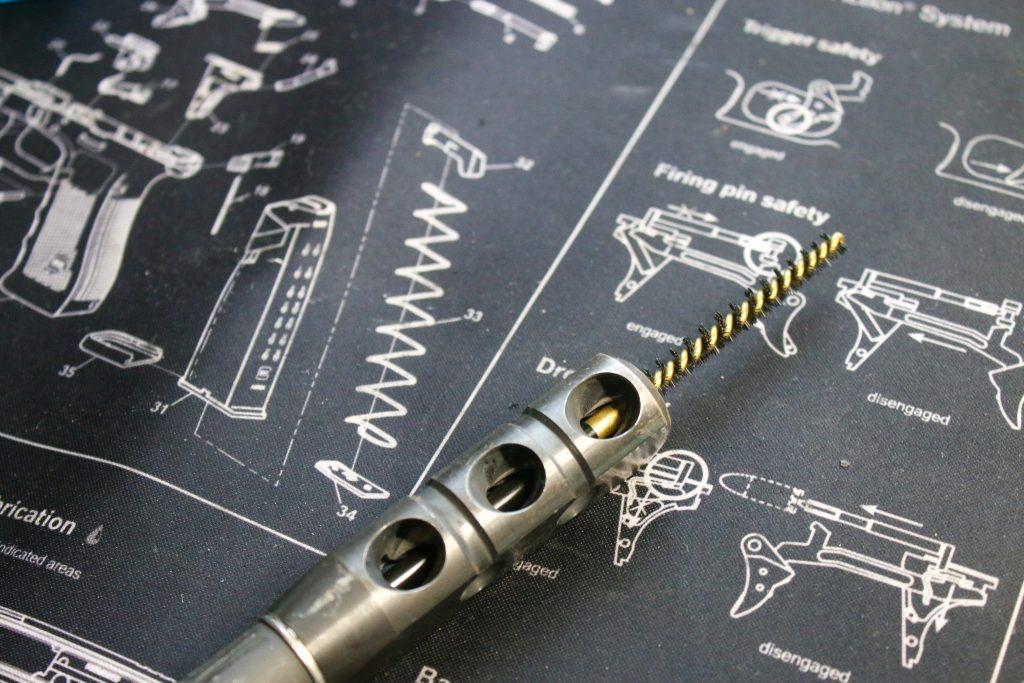
Start with your bore brush and attach it to a cleaning rod. In the same direction the bullet travels (chamber to muzzle), run the bore brush through the barrel a few times to break up the carbon and any other residue.
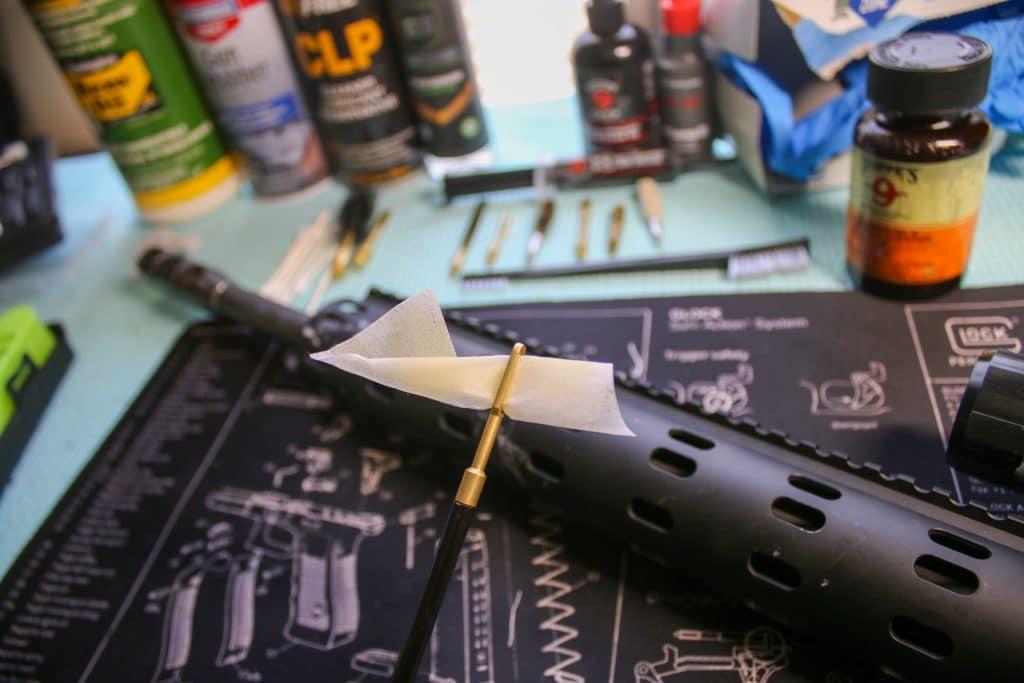
Next, use a jag or a slotted patch holder attached to the cleaning rod to push a patch dipped in solvent through the barrel (chamber to muzzle direction). Never pull the patch backward, as this will only redeposit all the carbon and debris you pushed through.
Allow the solvent to sit at least 10 minutes before finishing cleaning the barrel. Repeat using the bore brush to scrub the inside of the barrel again and run dry patches through until it comes out clean.
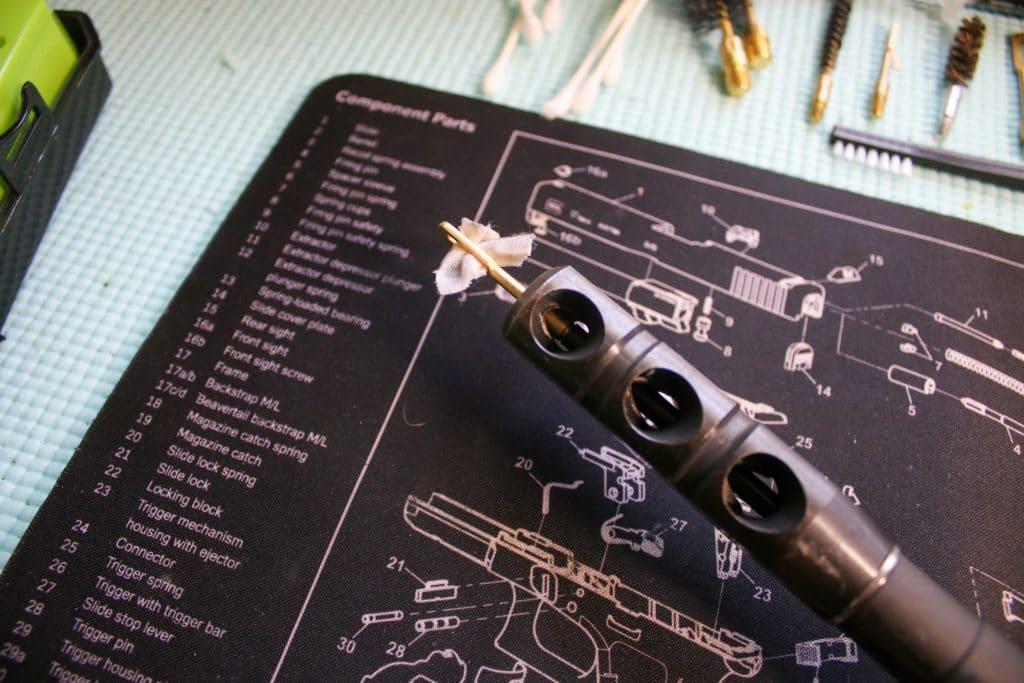
Not all gun solvents clean copper, so use a separate copper cleaning solution and repeat the same process as above. Copper fouling will result in blue stains on your patches. All copper is removed when your patches come out clean or with no blue marks.
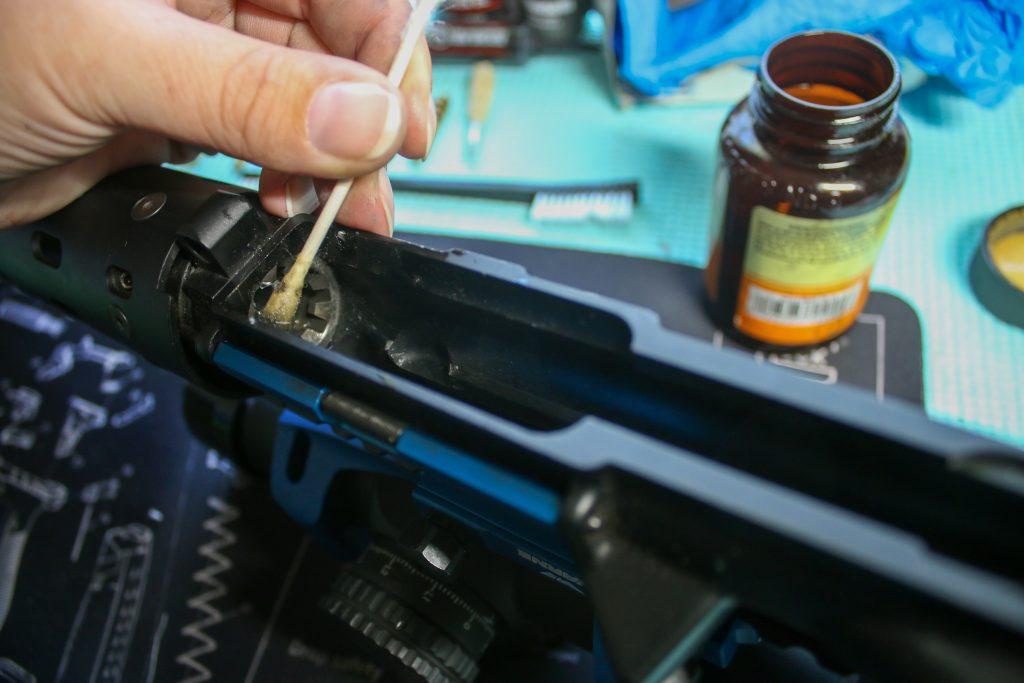
Use cleaning wipes to clean the exterior of the barrel, locking lugs, and the feed ramp. The feed ramp can also be scrubbed with a double-ended brush until it shines with no carbon buildup. The tips of your bullets use the feed ramp as guidance into the chamber. Ammunition can not feed correctly if the ramp gets too dirty, resulting in jams.

On a shotgun, the chamber or action area is separate from the barrel. Spray a light coating of CLP or cleaning solvent in the chamber to loosen any carbon or residue.
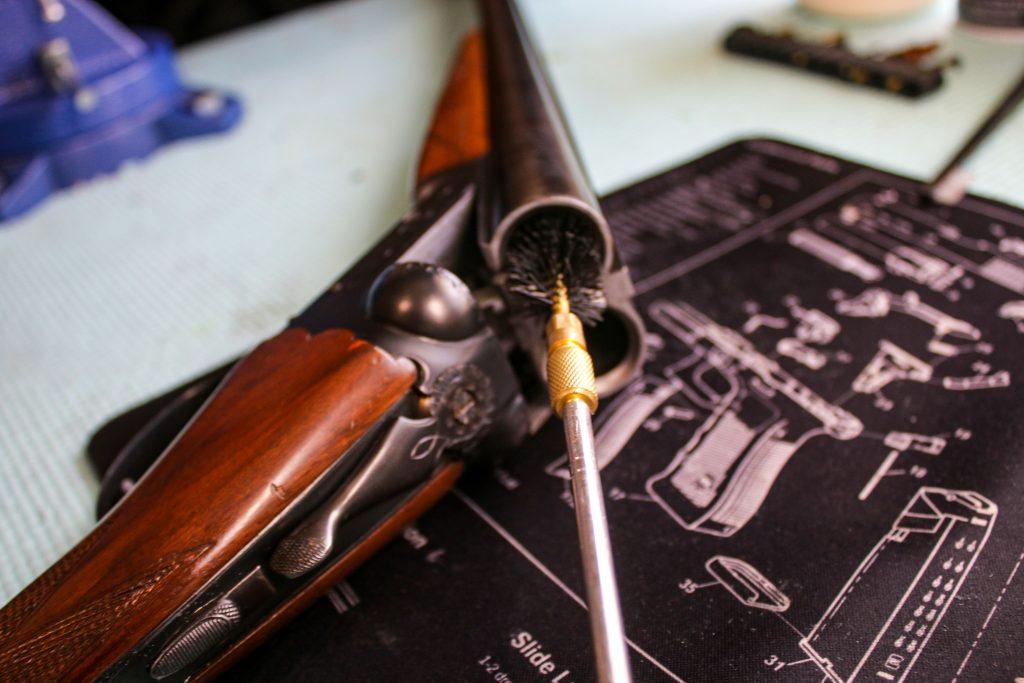
Use a double-ended brush to scrub any hard-to-reach areas or any visible buildup. Use patches, cotton swabs, and cleaning wipes to clean the surface until it shines.
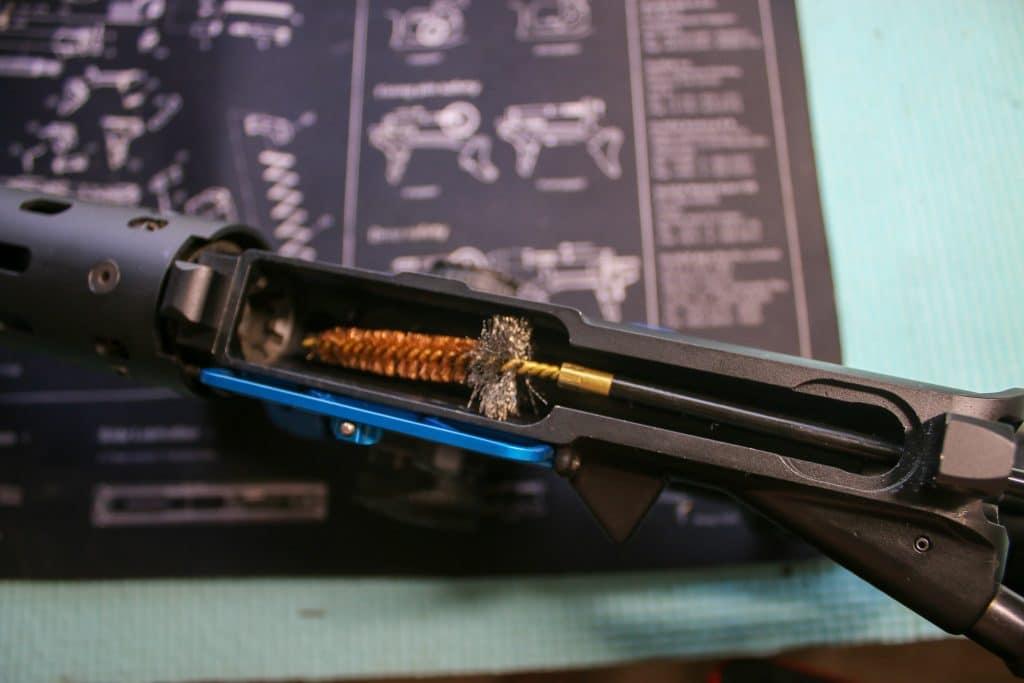
On a rifle, the chamber is part of the upper receiver. Use the same steps as the shotgun to clean the chamber with one additional step. Your rifle cleaning kit should always include a chamber brush with skinny bronze bristles at the top with a widened base of bristles.

A chamber brush is pushed down your barrel where it connects to your upper receiver. Attach the chamber brush to a cleaning rod, push it into the barrel until it’s snug, and twist to break up all the carbon.
The best way to clean out the loosened carbon is with cotton swabs. Use your flashlight or lamp to ensure this area has no remaining debris.
3. Clean and Lubricate the Action
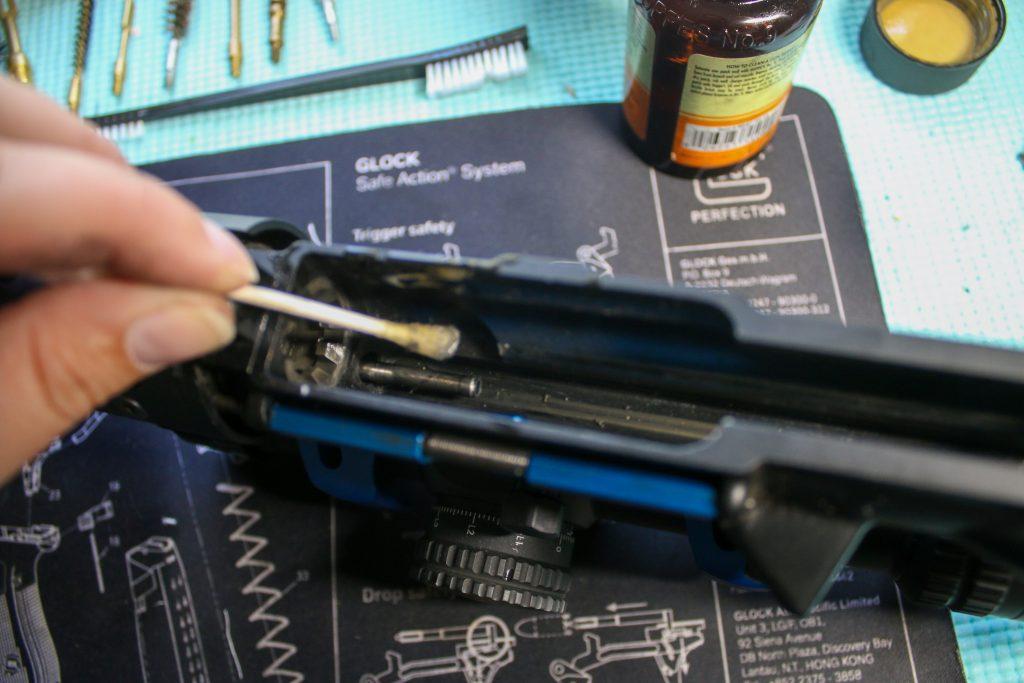
Now that the barrel and chamber are clean, it’s time to inspect and clean the gun’s action. A pistol slide should always be sprayed and wiped down, using cotton swabs or double-ended brushes for those hard-to-reach places.
Always consult your manual for the proper disassembly of your bolt on a rifle or shotgun, which should be regularly cleaned as well.
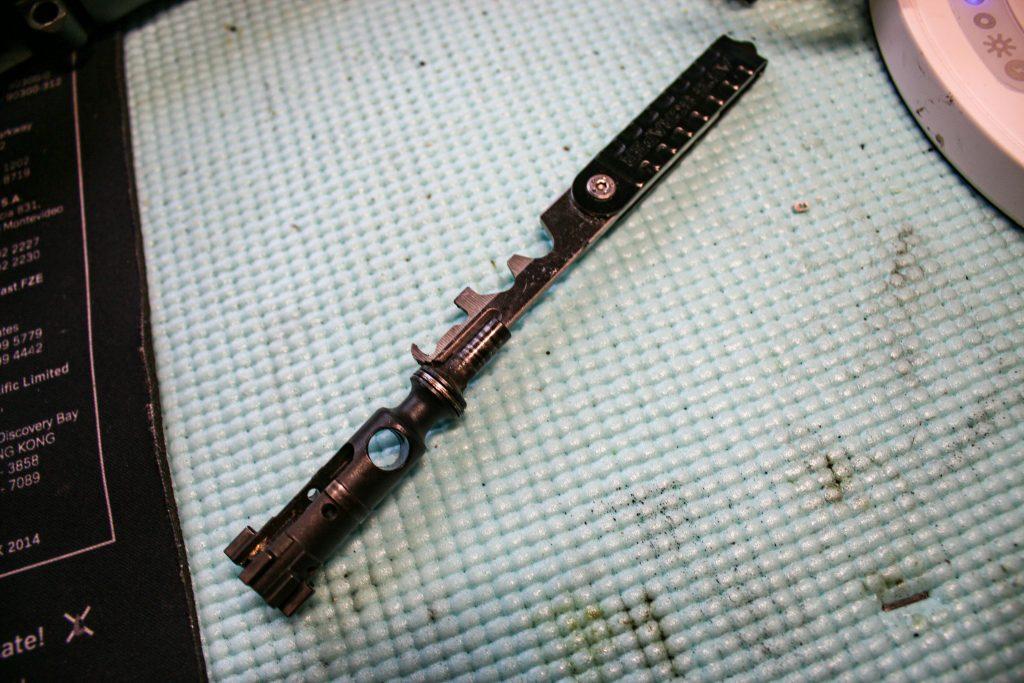
On an AR-15 rifle, for example, the bolt is inside the bolt carrier group. The bolt can quickly get carbon build-up that may require a sharp pick to scrape off. Most cleaning kits for rifles do not include a scraper tool designed with grooves to scrape specific parts of the bolt.
The bolt of a shotgun is essential to clean, especially if sand or other debris gets into it. Pro tip: spray out the bolt with an air compressor once all the parts have been removed.
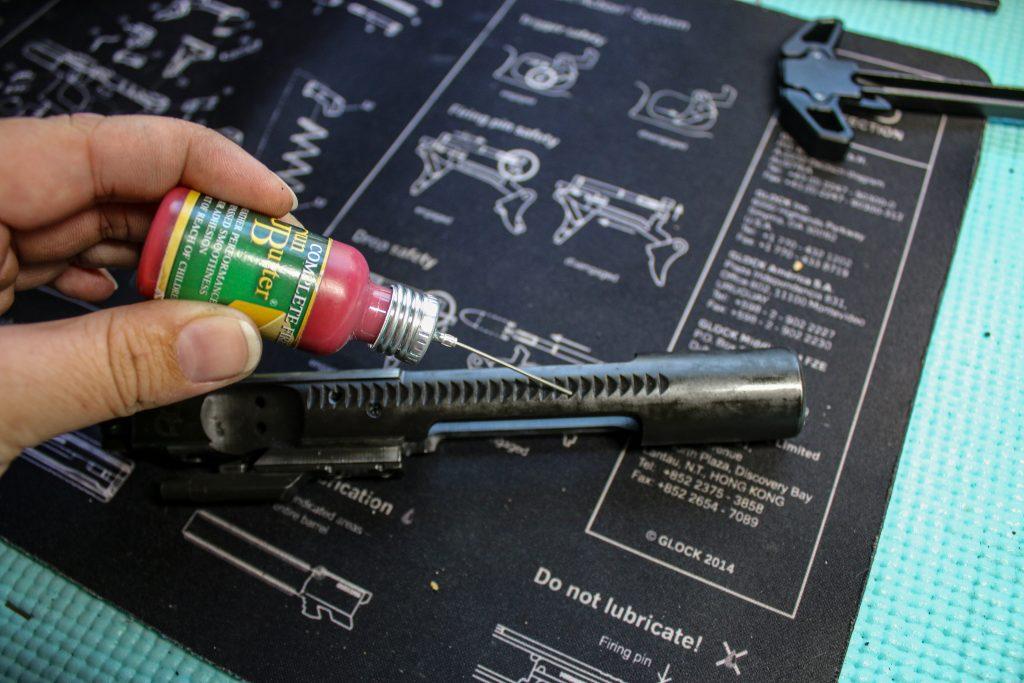
Metal is not meant to rub against other metals without lubrication. A good rule of thumb is if metal touches metal, it needs oil.
There is such a thing as too much oil, so don’t overdo it. Gun oil is meant to protect your gun against rust, but too much will attract more dust and debris into your weapon, causing more harm than good.
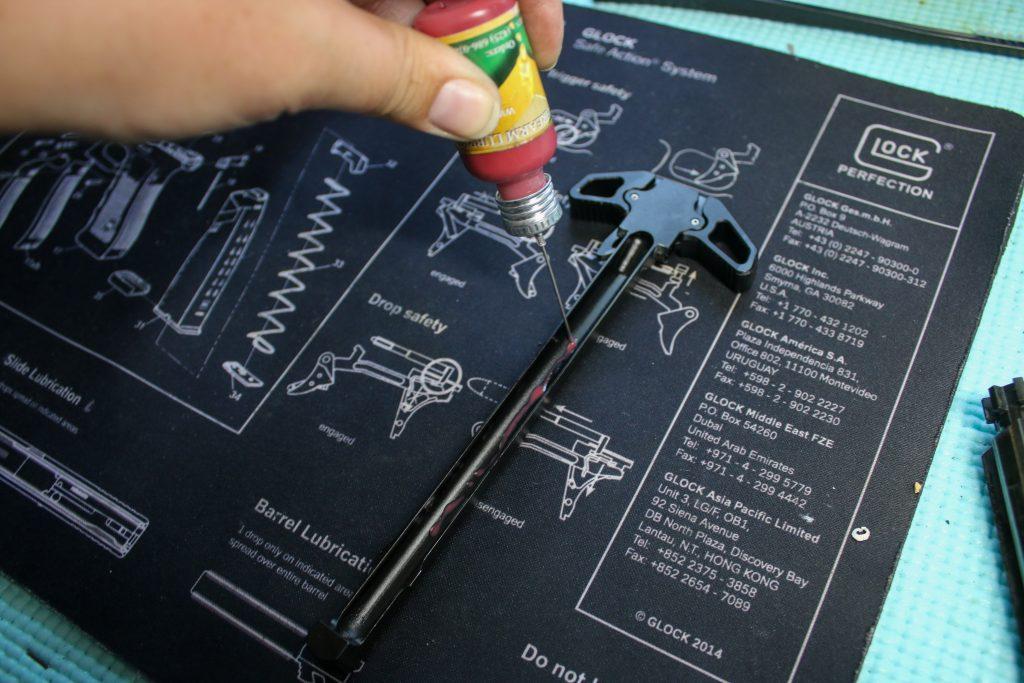
Consult your owner’s manual for proper lubrication points. One of the best tools to use when oiling a gun is a needle applicator — many gun oils include this kind of applicator. In some spots, gun grease, which is a little bit thicker, can be more beneficial than oil alone. For example, apply gun grease to the locking lugs on a pistol for more durable lubrication, keeping the action smooth longer.

Not all gun oils are the same. Water-based gun oils will evaporate in high temperatures leaving your gun dry. Check the bottle of your gun oil for the temperature range it services. For many people who go hunting, depending on the game, the weather can be frigid.
If your gun oil is not rated for low temperatures or if it’s water-based, yes, your gun parts and action can freeze, causing all sorts of malfunction. An ounce of preparation, as they say.
4. Don’t Forget the Magazines
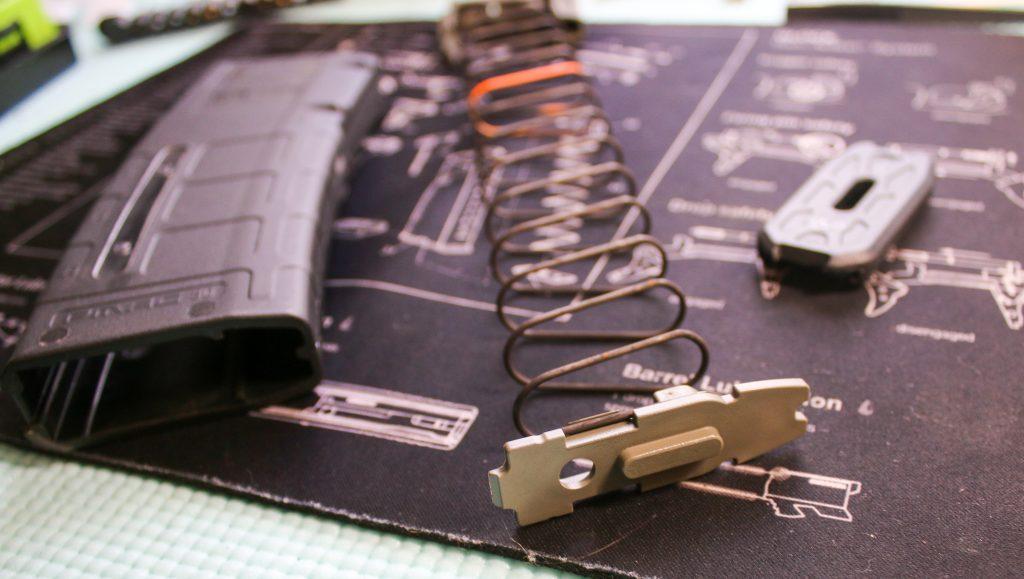
Did you know all magazines need to be cleaned (and parts replaced occasionally) as well? Consult your owner’s manual for proper disassembly of your gun’s magazines. Keep those safety glasses on as springs can shoot up into your face. Typically, there is a base pad, base pad plate, spring, and follower.
Springs can wear down over time, especially if you keep a magazine fully loaded for long periods. If you drop a magazine into sand, clay, grass, gravel, water, or anything, it needs to be cleaned.
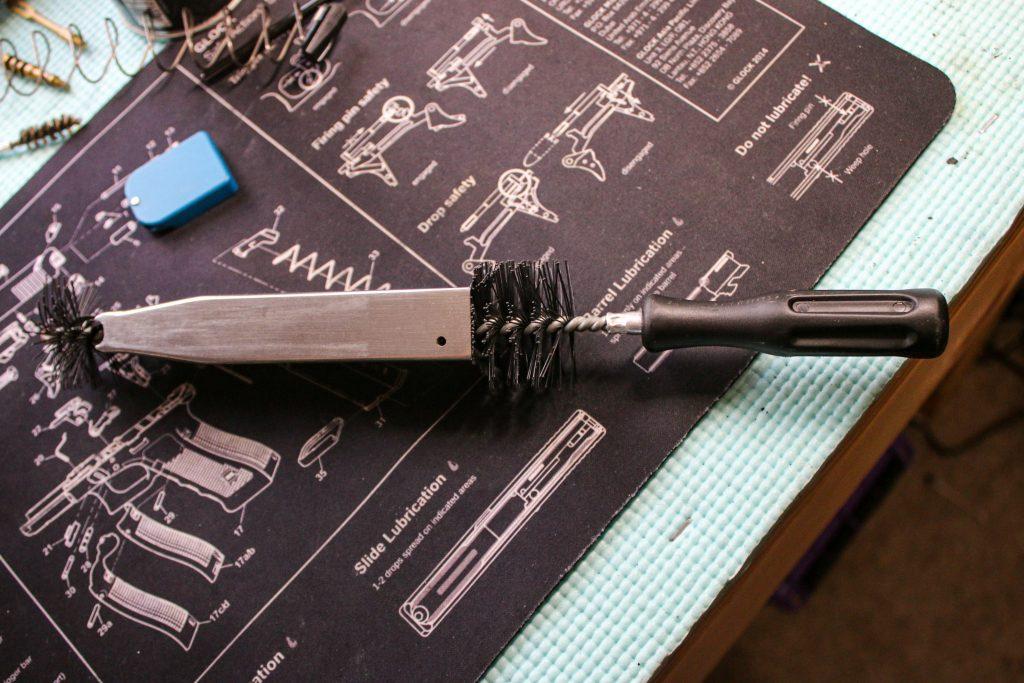
Spray out the inside of the magazine and base pad with a brake parts cleaner. The acetone will clean out any residue and leave the magazine dry.
If the follower has carbon on it, use a bronze brush or double-ended brush to scrub it off. Do not oil any component of your magazines or use any petroleum products to clean them.

5. Reassemble & Perform a Functional Check
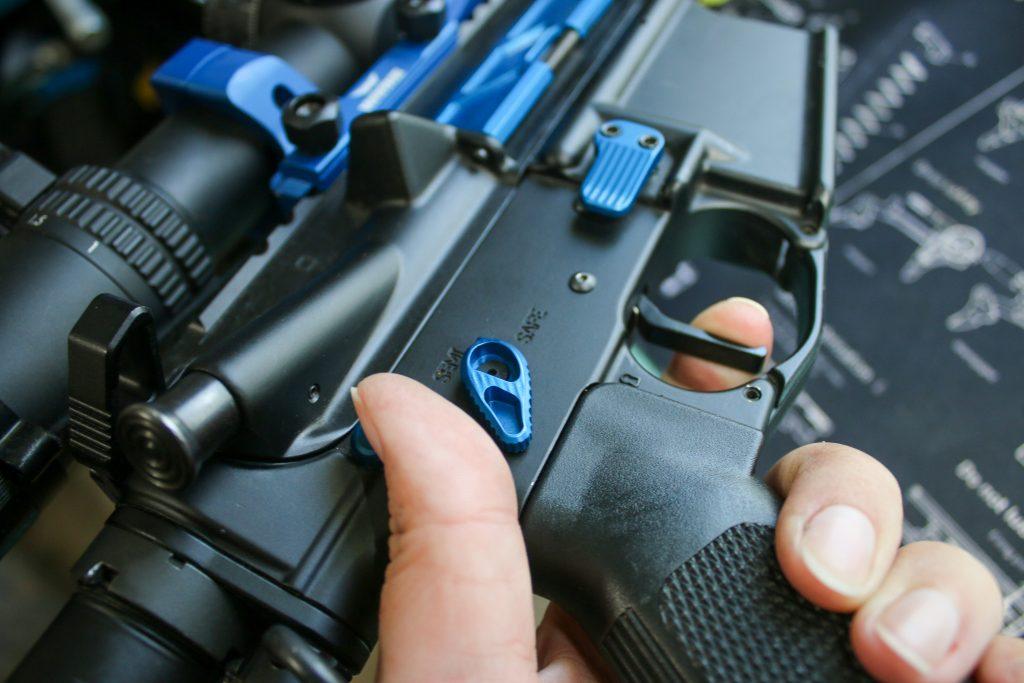
When you reassemble your firearm, always perform a function check (without ammunition). Ensure that the safety works the way it should when it’s engaged or disengaged.
Does the slide or action move rearward and forward properly? Does the bolt move back the way it should?
6. Wipe Down the Outside of the Gun

Usually, after oiling and cleaning a gun, you might notice a slight excess dripping on the outside of the firearm or frame. Always wipe the gun down with a dry cloth once reassembling.
If you’re around guns regularly, you are more susceptible to lead poisoning. Even when using gloves for the duration of the cleaning, be sure to wash your hands afterward with lead-off soap and change into fresh clothes before hugging or holding friends or family. Lead from clothing and on the skin can rub off onto others, and while only dangerous when ingested through the eyes, nose, and mouth, kids are even more vulnerable since they touch their faces regularly.
Always use cold water when washing your hands or face after the range or cleaning.
Cleaning Pistols vs. Long Guns

Different guns require different tools to clean them. Shotguns and rifles may need a lot longer cleaning rod to move a bore brush through a barrel.
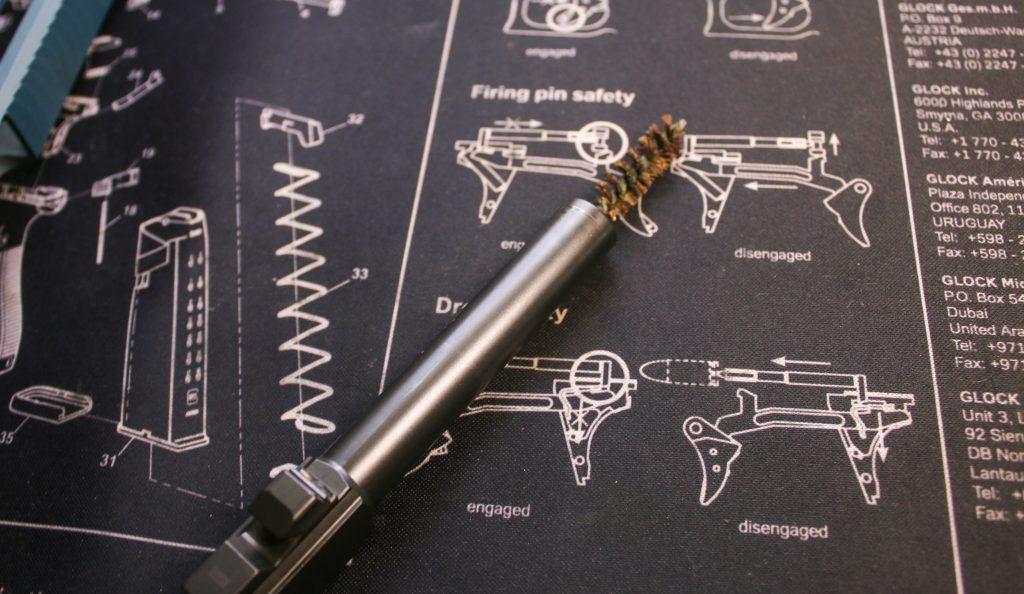
As mentioned before, a scraping tool explicitly designed for AR-15 style bolts can make cleaning a lot easier. Many long guns are used for hunting and may need a different gun oil or grease to keep them protected against cold weather, rain, snow, mud, and other elements.
The Importance of a Safe, Clean Gun
Service your gun regularly, even if you don’t shoot it frequently. Guns can collect dust and even cobwebs in a gun safe or by your bedside. Always close the action of your gun when it is locked up to protect the chamber and barrel from particles. Gun oil will eventually evaporate or gunk up the inside of your gun after a long time as well.
A clean gun is a safe gun. When a firearm is dirty, and a round of ammunition can’t function properly, many things can go wrong. Think about where you rest your cheek on a shotgun or rifle. If something catastrophic happens, your face is right there near the action of the gun. You’ll feel pretty dumb if it was preventable just by taking care of your weapon. Nine times out of ten, a gun malfunction is due to lack of cleaning or lack of oil.
Closing thoughts
Much like storing firearms safely is critical to responsible gun ownership, keeping your guns clean ensures they work the way they were designed, prevents avoidable accidents, and makes for much funner range days or more productive hunts.
With the right tools and good habits, you’ll maximize the utility and longevity of your firearms. Now go get dirty.
Sign up for our newsletter
Get discounts from top brands and our latest reviews!

